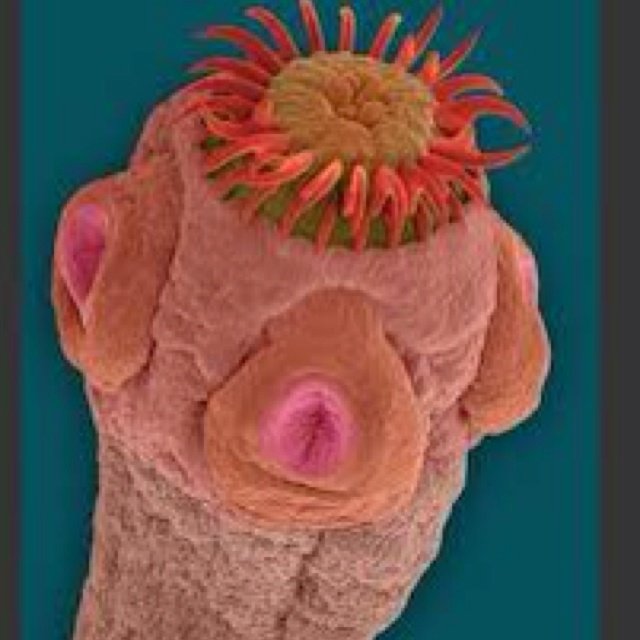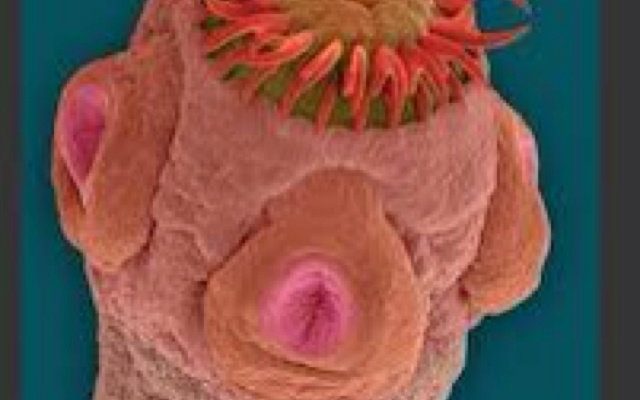
Have you ever noticed that certain problems seem to crop up at specific times of the year? It’s a bit like how your allergies flare up in the spring or how your favorite seasonal drink reappears at your local café. Just as some things are cyclical, so are the conditions in your aquarium. Understanding how tapeworms affect guppies seasonally can empower you to be proactive. It’s all about being ready for the changes, be it temperature, water quality, or feeding habits. Let’s dive into what you need to know about monitoring guppy tapeworm activity across the seasons.
Understanding Guppy Tapeworms
Guppy tapeworms are flat, segmented parasites that can live in the intestines of these fish. They can cause issues if not caught early. Just like a pesky weed in a garden, they can grow quickly and spread if left unchecked. Tapeworms usually enter a guppy’s system when they consume infected live food or other carriers in their environment.
You might be wondering how to spot a tapeworm infection. The signs can be subtle at first. Look for symptoms like unexplained weight loss, a bloated belly, or visible worms in your guppy’s feces. It’s crucial to recognize these signs early on so that you can take appropriate action. If left untreated, the infection can weaken your fish and lead to more serious health problems.
The life cycle of guppy tapeworms involves both a fish host and intermediate hosts like tiny snails or crustaceans. As they mature, they can produce eggs that will eventually make their way back into the water, continuing the cycle. Understanding this cycle is essential for effective monitoring and prevention.
Seasonal Variations in Tapeworm Activity
Just like we have seasons that change our environment, tapeworm activity can shift throughout the year. Generally, you’ll see an uptick in parasite activity during warmer months. The rising temperatures can accelerate the breeding cycle of tapeworms, making monitoring more crucial in the spring and summer.
During colder months, you might see a decrease in activity, especially if your tank mimics a more stable temperature. However, this doesn’t mean you should let your guard down. Occasionally, you can still see cases in the winter, especially if your guppies are being fed live food that might be carrying these parasites.
Monitoring during seasonal transitions is key. For instance, if the temperature suddenly warms up in early spring, consider increasing your observation of guppy health. A few simple checks can ensure your fish stay healthy before any infestations take hold.
Signs of Tapeworm Infection
Recognizing the signs of a tapeworm infection early can save you a lot of trouble later. Guppies with tapeworms might lose weight, have a poor appetite, and exhibit lethargy, almost as if they’re experiencing a prolonged winter. You’ll also want to keep an eye on their feces. If you notice stringy, white segments in their waste, it’s a definite red flag.
You may also see your guppy’s belly swelling, which can indicate a more severe case. Picture a balloon—when it’s filled with air, it expands. In this case, the guppy’s belly is filled with the effects of the parasite. If you spot these signs, it’s time to take action.
It’s also important to note that guppies can sometimes show no obvious signs of infection. This makes regular monitoring even more critical. Setting a routine check, especially during warmer weather, is a good strategy.
Prevention Strategies
Preventing tapeworm infestations is a lot easier than treating them. Start by ensuring that your guppies are not exposed to infected live food. If you do choose to feed live food, consider rinsing it thoroughly before feeding, or even better—go for high-quality, freeze-dried options that are less likely to carry parasites.
Maintain a clean tank environment as well. Regular water changes can help keep your guppies happy and healthy. A clean environment limits the chances of parasite proliferation, much like how a tidy room makes it easier to find things.
You can also monitor your guppy’s behavior and feeding habits. Keep record of any changes, and this will help you spot anomalies quickly. If something seems off, don’t hesitate to take action. Early detection is a game-changer.
Treatment Options for Infected Guppies
If you find that some of your guppies are infected, don’t fret! There are effective treatment options available. Medications like praziquantel are commonly used to treat tapeworm infections in fish. These treatments work by targeting the tapeworms directly. However, it’s essential to follow the instructions carefully and consult your local aquarium shop or vet for the right dosage.
In addition to medication, ensure that your tank’s conditions are optimal. Stress can weaken a fish’s immune system, making it easier for tapeworms to take hold. Providing plenty of hiding spots, maintaining good water quality, and keeping the tank at a stable temperature will create a supportive environment for your guppies.
After treatment, keep monitoring your fish closely for any signs of re-infection. It’s vital to remain vigilant. If tapeworms are a recurrent issue, consider re-evaluating your feeding practices and tank maintenance strategies.
Using a Monitoring Schedule
One effective way to keep up with your guppies’ health is by creating a monitoring schedule. You can set aside time each week to check for signs of tapeworms or other health issues. Imagine it like going for a weekly check-up at the doctor. Regular, planned assessments can make a world of difference.
Consider documenting your observations in a simple log. Note down things like water temperature, feeding routines, and any behavioral changes in your guppies. This tracking can help you identify patterns. If you notice symptoms increasing during certain months, you’ll have data to work with.
You might also want to establish a routine for cleaning and maintaining your tank—think of it as a spring cleaning schedule. By ensuring that your aquarium is in tip-top shape, you’ll reduce the likelihood of tapeworm infestations altogether.
Monitoring guppy tapeworm activity across the seasons might sound a bit daunting at first, but it really comes down to being proactive and attentive. Just like any responsibility, keeping your guppies healthy involves a bit of work, but it’s incredibly rewarding to watch them thrive.
By understanding the life cycle of tapeworms and recognizing seasonal patterns, you can prevent them from taking over your tank. Regular monitoring, good feeding practices, and maintaining a clean environment are your best tools for keeping these pesky parasites at bay. So grab your notebook, make that schedule, and enjoy the beauty of a healthy, happy aquarium!

